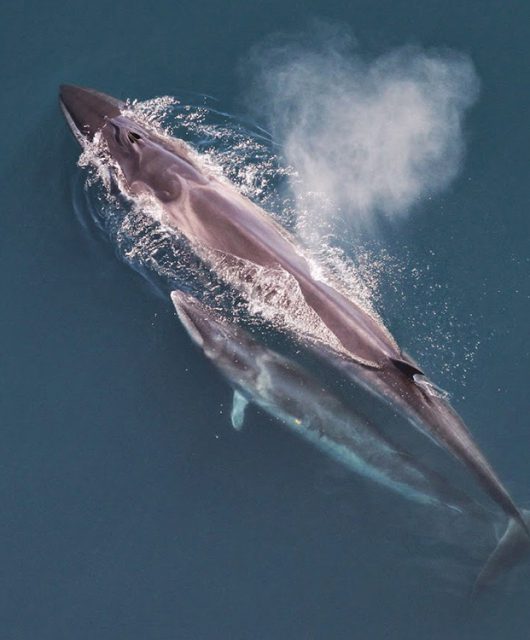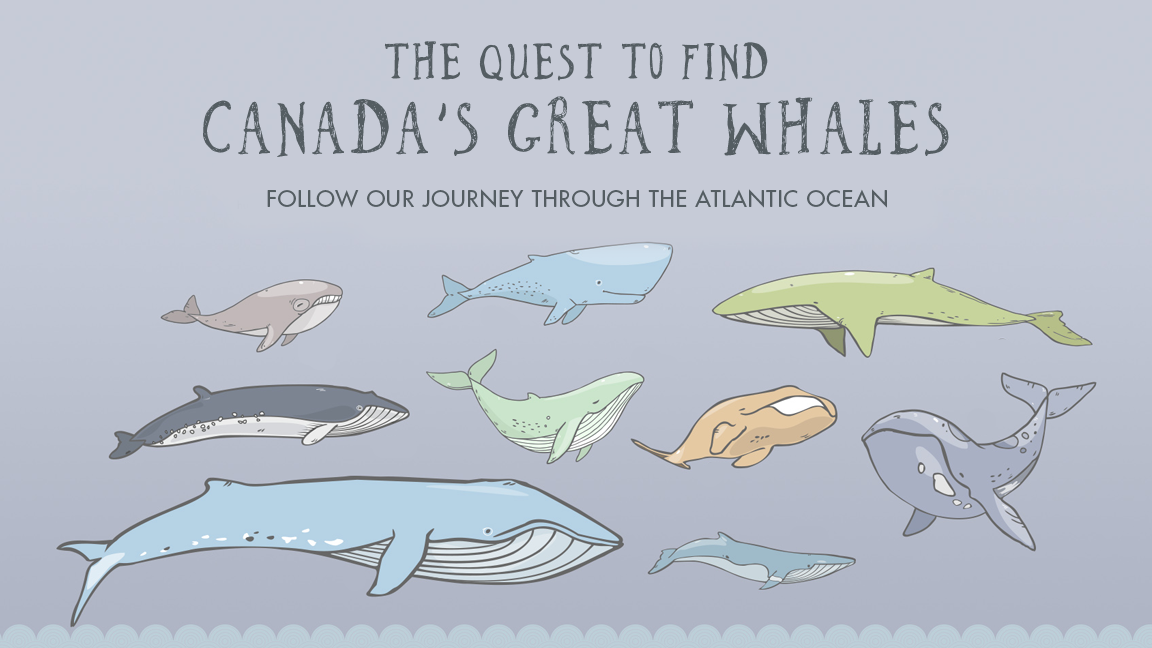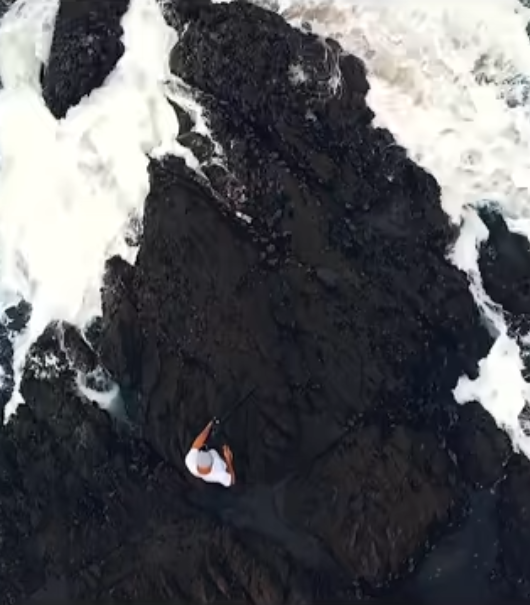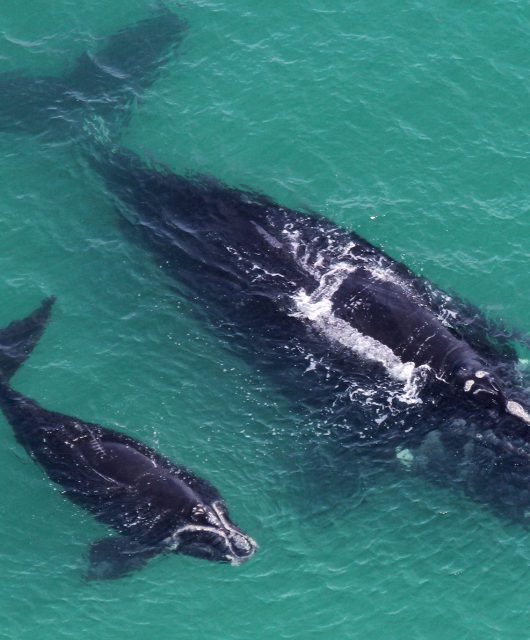Last Friday our wonderful and talented technician Adam Comeau pulled the last glider out of the water, marking the end of an extraordinary field season for the WhaLE project.
This is a time to reflect on the great successes and disappointments of the year and then to begin, almost immediately, preparing for next June, when we will be back in the water again.
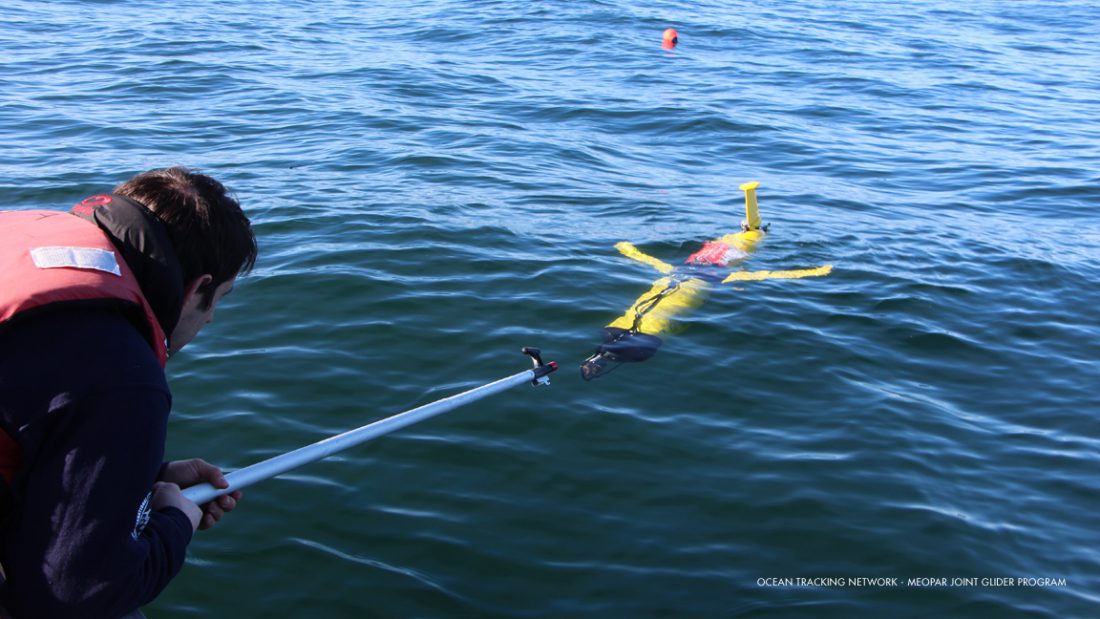
What Did We See So Far?
Our 2016 surveys were guided by one driving directive: to find missing Right Whales. The gliders searched far and wide in waters not typically explored, in an effort to understand where these great beasts are feeding, and why. The search turned up one area with a high frequency of Right Whale detections (the Orpheline Channel between Quebec and PEI), but the entirety of the western Scotian Shelf was comparatively quiet, with far fewer detections of these elusive animals. Recordings of Right Whales were detected in Roseway Basin for a few days during the autumn, indicating that some whales were revisiting their traditional areas. We have left behind a hydrophone mounted to the seafloor in Roseway Basin to keep recording these animals through the winter.
A Part of the Bigger Picture
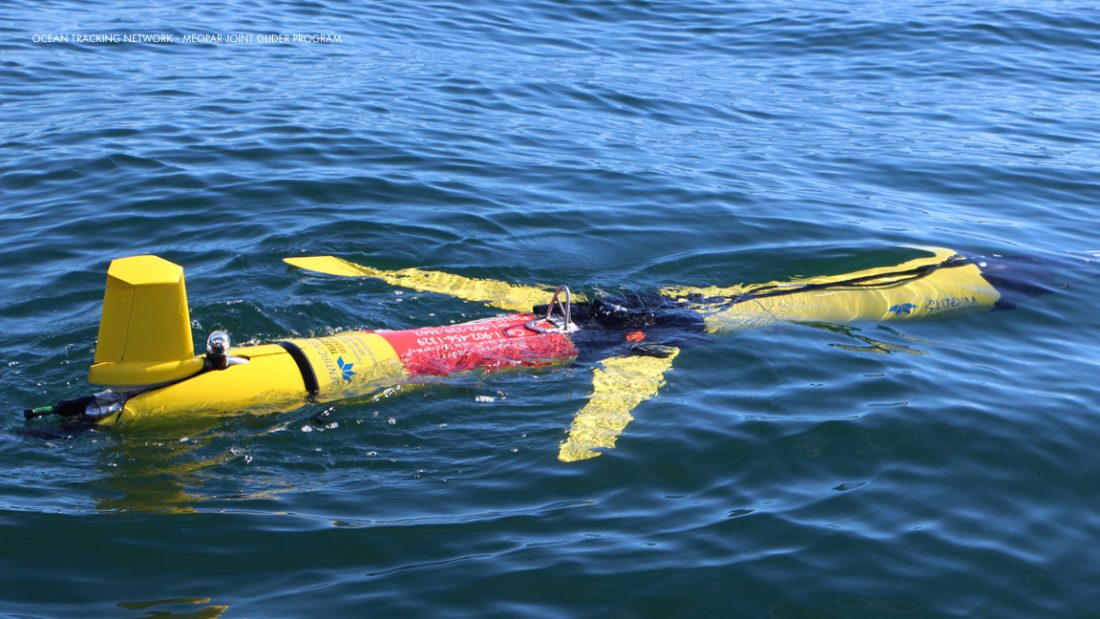
The gliders were not the only ones out on the water looking for Right Whales this year, but rather they were one part of a much larger effort to find Right and other baleen whales using all means at our disposal. Fisheries and Oceans Canada conducted aerial surveys from the Labrador Sea all the way to the Canada-US border, but did not see any Right Whales. The New England Aquarium and Canadian Whale Institute were out on their boats in the Bay of Fundy and throughout the southern Gulf of St. Lawrence, and they sighted many Right Whales this year, much to their excitement. JASCO Applied Sciences has deployed acoustic moorings to listen for these animals across Atlantic Canada, and we are excited to hear what they have found. As we piece all of these collaborative efforts together, we hope to be able to understand a bit better the migration patterns and habitat use of these endangered creatures. But for now we hold onto our successes and that is all we can know until we begin mining the terabytes of data that have been recorded.
No Regrets
There were very few disappointments this year – overall it was a wildly successful season. But we were disappointed to lose one glider in the Cabot Strait in the wake of Hurricane Matthew. Although it doesn’t jeopardize our program, we were humbled by our knowledge that valuable data were lost, and were reminded that the North Atlantic Ocean is very powerful and can be unforgiving.
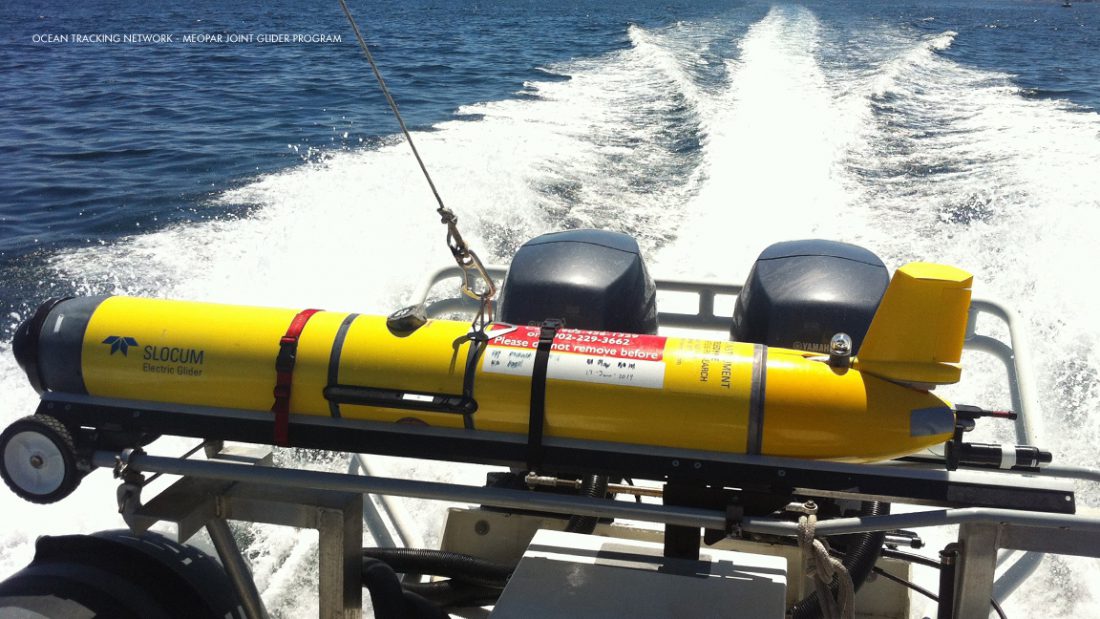
Visit the Quest to Find Canada’s Great Whales to learn more about the WHaLe Project and baleen whales in Canada.
This post was written by guest blogger Kim Davies, Liber Ero Postdoctoral Fellow, Department of Oceanography, Dalhousie University. Images provided by the Ocean Tracking Network – MEOPAR joint Glider Program.

